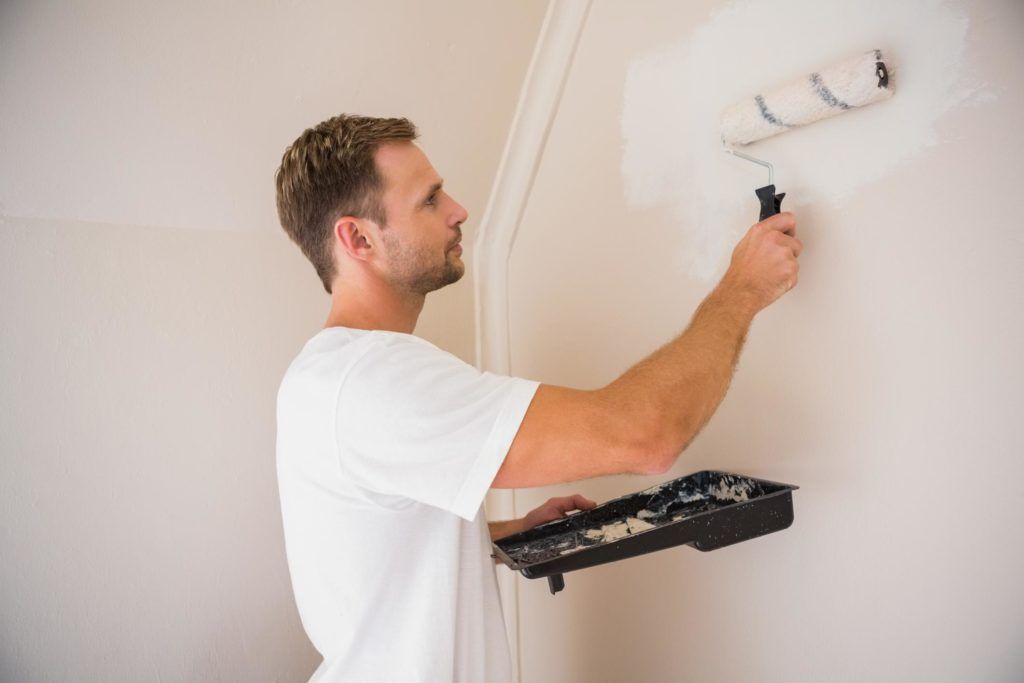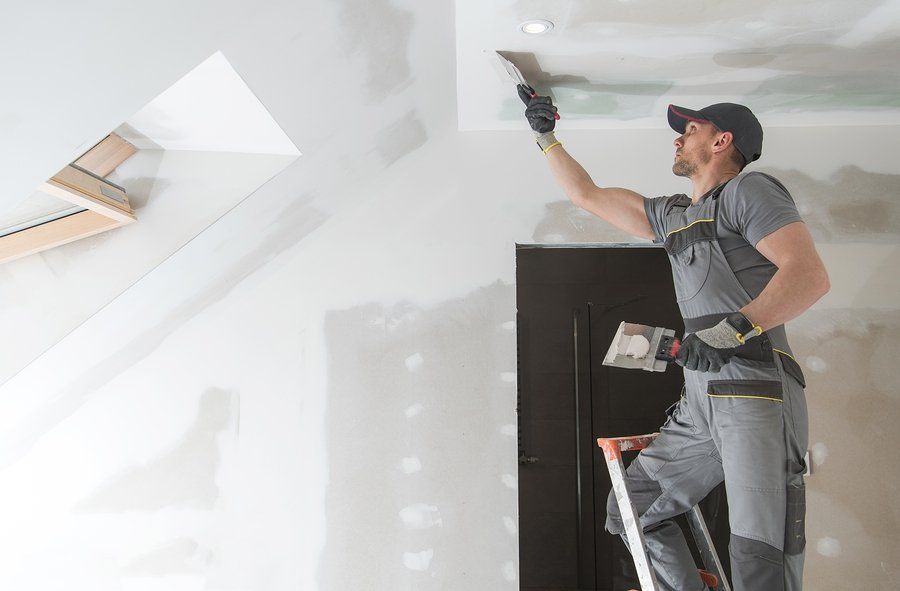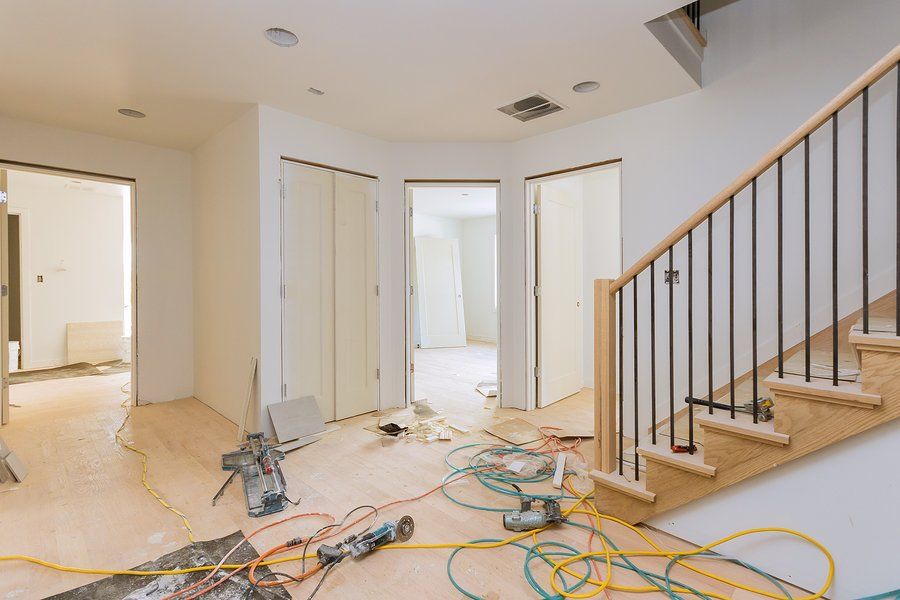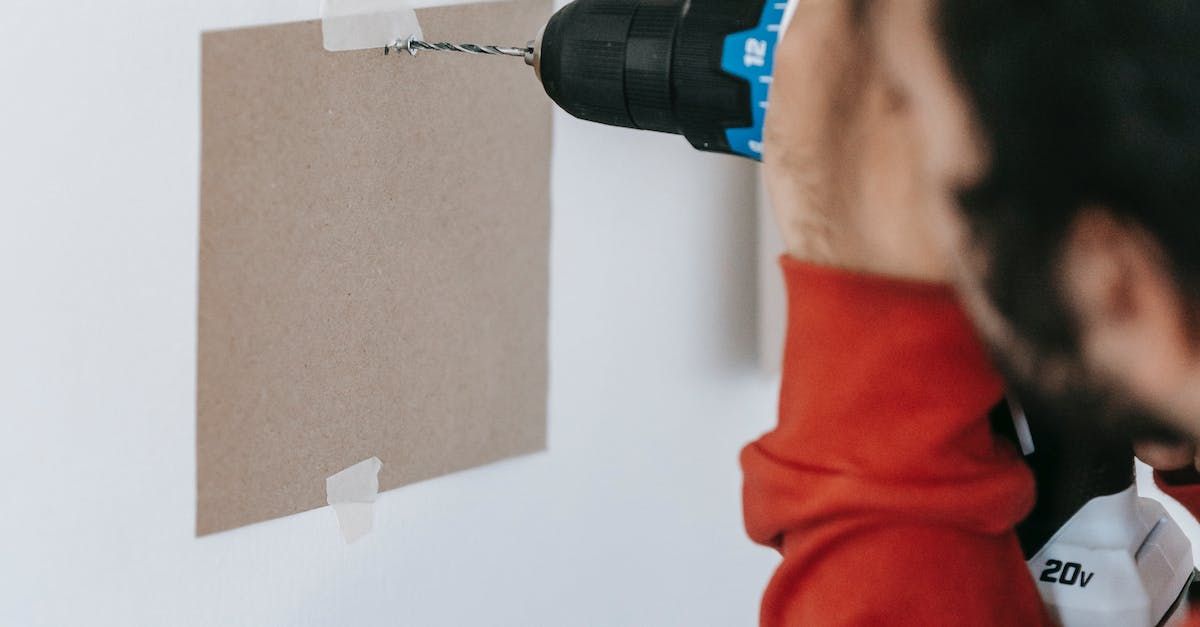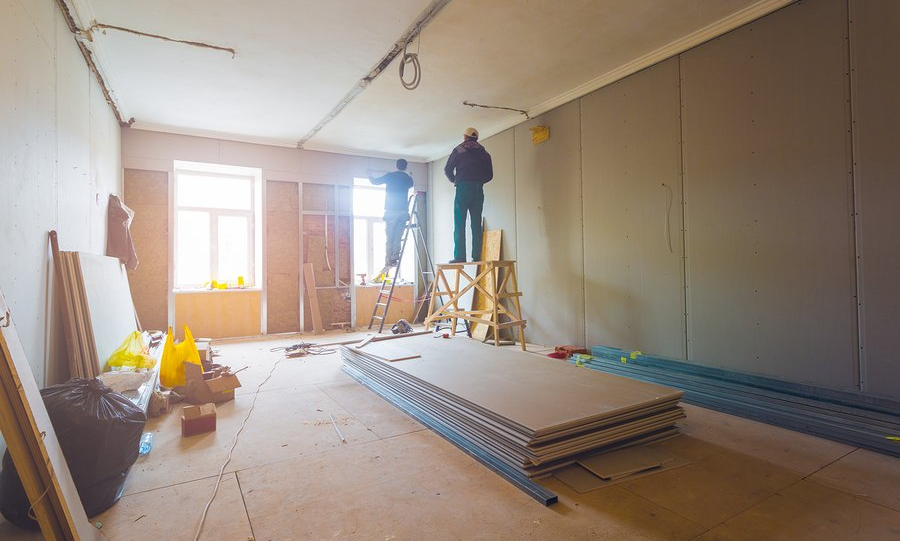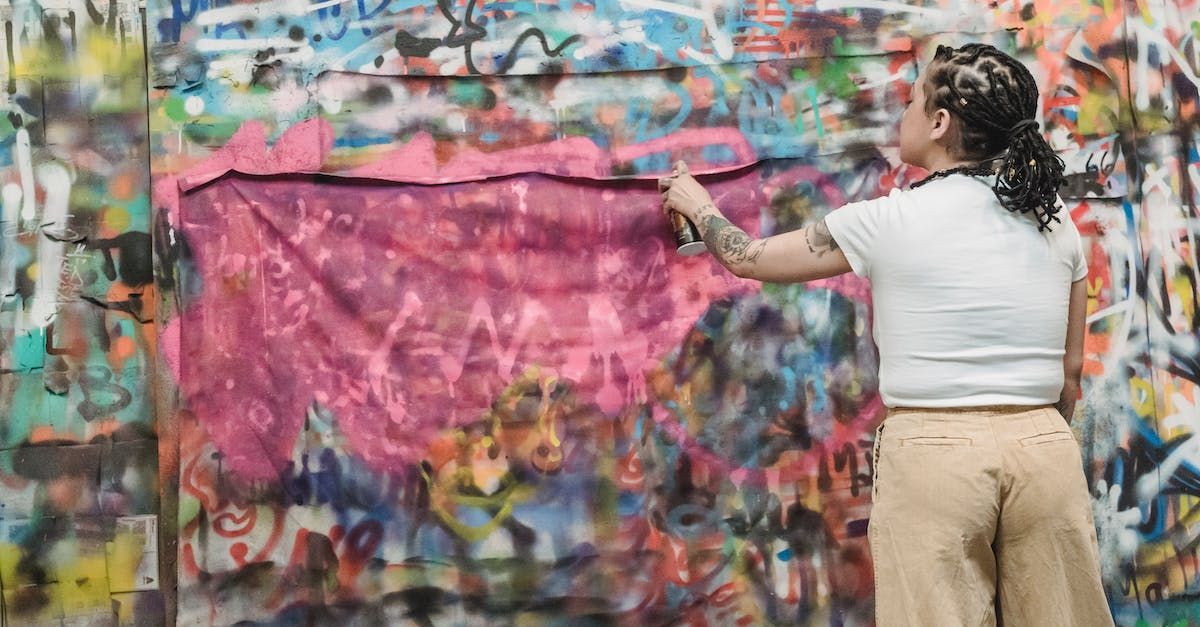10 Common Drywall & Sheetrock Installation Mistakes and How to Avoid Them
Avoid Costly Errors: Expert Tips for Flawless Drywall & Sheetrock Installation
Drywall and sheetrock installation is a fundamental step in any construction or home improvement project. Whether you're tackling a DIY project or working with a general contractor near me, understanding the most common mistakes in drywall and sheetrock installation can help you avoid costly repairs and headaches down the line. From selecting the right drywall sheets to ensuring a smooth finish, this guide will walk you through 10 frequent installation errors and how to prevent them.
By following these best practices, you'll ensure a professional finish, whether you're handling the project yourself or searching for drywall contractors near me. Let's dive into the common pitfalls of drywall and sheetrock installation and how you can achieve flawless results.
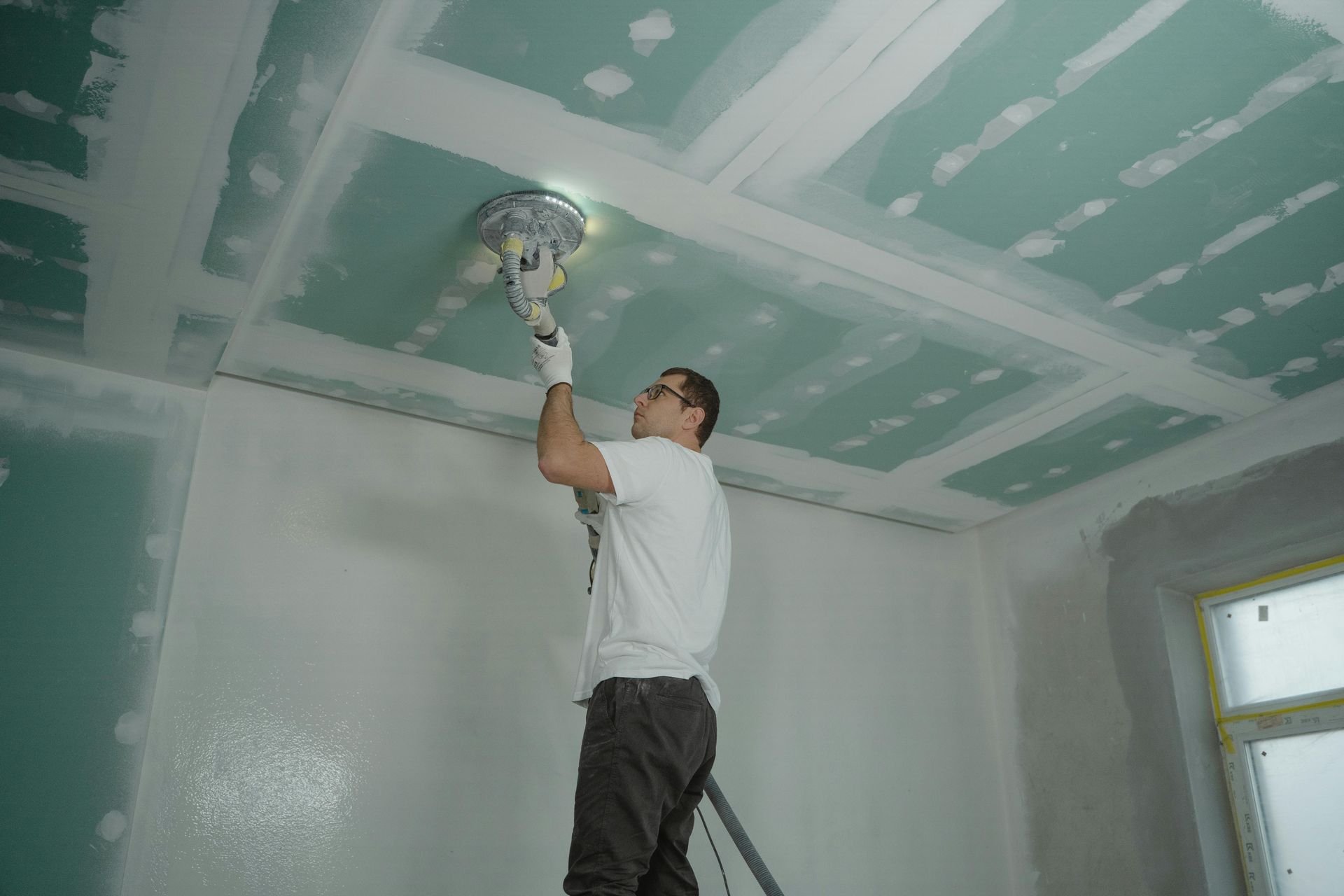
1. Failing to Properly Measure and Cut Drywall Sheets
One of the most common mistakes in drywall and sheetrock installation is inaccurate measurement and cutting of the drywall. This leads to ill-fitting sheets, which can cause gaps or require excessive mudding to conceal.
How to Avoid It:
Always measure your walls or ceilings carefully before cutting your drywall sheets. Use a sharp utility knife and a straight edge to ensure clean, precise cuts. For more complex cuts around outlets or windows, use a drywall saw. If you're unsure about this step, consider consulting drywall companies near me or a general contractor near me for professional assistance.
2. Using the Wrong Drywall Thickness
Choosing the wrong drywall thickness for the project can lead to sagging, cracking, or an unstable installation. Drywall sheet rock comes in different thicknesses for various applications.
How to Avoid It:
Use 1/2-inch drywall for standard walls, 5/8-inch drywall for ceilings or soundproofing purposes, and 1/4-inch drywall for curved surfaces. If you're uncertain, seek advice from drywall companies or professionals providing drywall installation near me.
3. Poorly Installed Joints and Seams
One of the biggest challenges in drywall and sheetrock repair is achieving smooth, invisible seams. Poorly taped joints can result in cracking or noticeable ridges once the drywall is painted.
How to Avoid It:
Ensure that joints between drywall sheets are properly aligned. Use high-quality drywall tape and joint compound to cover the seams. Feather the edges of the compound for a seamless finish. If you're not confident, sheetrock installers near me can offer expert installation services.
4. Incorrect Screw Placement
Placing screws too far apart or too close to the edges of the drywall can lead to sagging or cracks, especially on ceilings. It’s also important to avoid over-tightening screws, which can damage the drywall surface.
How to Avoid It:
Screws should be placed about 16 inches apart and at least 1/2 inch away from the edges of the drywall sheet. When installing drywall on ceilings, make sure the screws are close enough to support the drywall weight. For professional guidance, consider working with drywall companies near me or contractors atlanta.
5. Not Using Enough Support for Ceiling Drywall
Ceiling drywall requires adequate support to prevent sagging or warping over time. This is especially important if you're doing a ceiling drywall repair.
How to Avoid It:
Use 5/8-inch drywall for ceilings to provide extra strength. Consider adding additional framing or strapping for larger spans between joists. If you're in Atlanta, seeking help from drywall contractors near me or general contractors atlanta can ensure a stable installation.
6. Forgetting to Sand Between Coats of Joint Compound
When applying multiple coats of joint compound to your drywall seams, it's essential to sand between coats to avoid uneven surfaces. Skipping this step can result in rough, visible lines that detract from the overall appearance of your walls.
How to Avoid It:
After applying each coat of joint compound, let it dry completely and lightly sand the surface with fine-grit sandpaper. This will smooth out any imperfections and help achieve a flawless finish. If you're not comfortable with this, look for drywall repair near me or sheetrock repair near me services for professional results.
7. Ignoring Temperature and Humidity Levels
Temperature and humidity play a significant role in drywall installation. High humidity can cause the drywall to absorb moisture, leading to warping or mold growth.
How to Avoid It:
Install drywall in a controlled environment with proper ventilation and temperature regulation. For humid climates like Atlanta, consult contractors in atlanta georgia who are familiar with local conditions and can help you avoid issues like moisture damage.
8. Underestimating the Importance of Ceiling Repair Techniques
Ceilings are often more challenging to install than walls due to their height and weight-bearing requirements. Mistakes here can lead to sagging or cracks over time.
How to Avoid It:
Use proper tools like drywall lifts to assist with ceiling installation. Additionally, work with thicker drywall for ceilings and follow proper screw placement to prevent sagging. For those with less experience, hiring sheetrock installers near me can save time and ensure a high-quality installation.
9. Overlooking Electrical and Plumbing Fixtures
It’s easy to forget about electrical outlets, light switches, and plumbing fixtures during drywall installation, which can result in cutting the drywall incorrectly.
How to Avoid It:
Before installing drywall, mark the locations of all fixtures and plan your cuts accordingly. If needed, hire a general contractor near me to assist in properly cutting around outlets and fixtures.
10. Not Calculating Drywall Installation Costs
Another common mistake is underestimating the drywall installation cost. The cost of materials, labor, and finishing can add up quickly, especially if repairs or additional work are needed later.
How to Avoid It:
Before starting your project, get quotes from several drywall contractors near me or general contractors atlanta to determine the cost of materials and labor. Be sure to account for potential issues like repairs or changes in the scope of work. For repairs, you can also search for drywall repair atlanta or ceiling repair services.
Conclusion
By understanding these common drywall and sheetrock installation mistakes, you can ensure a successful project from start to finish. Whether you're doing a DIY job or hiring drywall companies near me, careful planning and attention to detail will result in professional-looking walls and ceilings.
For those unsure about handling drywall and sheetrock projects on their own, searching for drywall installation near me, sheetrock repair near me, or installation services is an excellent way to connect with experienced professionals. Always ensure your contractors are knowledgeable about the materials and techniques required to avoid mistakes and deliver flawless results.
Avoid these common pitfalls, and your drywall or sheetrock installation will stand the test of time, providing a strong foundation for your home.


